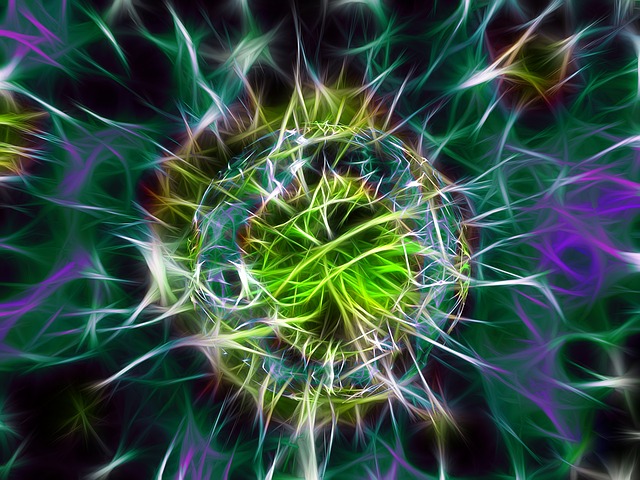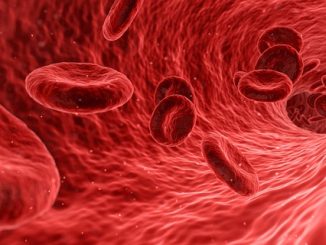
The Turing Test (named after British computer scientist and mathematician Alan Turing) has one primary objective — to determine how intelligent a machine is by answering one simple question: can it trick humans into thinking that they’re talking with another human. When the answer to this question will be a resounding ‘yes’, then that will be the ultimate indication that ‘true’ A.I. has finally been created because this kind of ‘deception’ requires a certain level of intelligence.
Applying the concept to artificial cells, researchers from Italy’s University of Trento led by Sheref S. Mansy proposed that synthetic cells should be able to interact with real cells, and that this ability could be evaluated the same way a computer’s artificial intelligence is assessed, through some form or version of the famous Turing Test.
To demonstrate their idea, the research team developed nano-scale nonliving cells that can supposedly ‘listen’ to chemicals given off by bacteria. Then, they placed these artificially made cells near real live bacteria from three different species — E. coli, Pseudomonas aeruginosa and Vibrio fischeri. The synthetic cells showed that they ‘heard’ the natural bacterial cells by glowing, after which they responded by sending back chemical signals to the bacteria.
Although the cycle of ‘talking, listening and responding’ only happened with one of the bacterial species, the results indicate nonetheless that a two-way communication occurred between the artificial cells and the natural cells. The bacterial cells talked. The artificial cells listened and they proved they heard the bacterial cells by responding accordingly. It’s a process that’s comparable with how lifeforms communicate with each other.
As Mansy told ResearchGate: “It is absolutely possible to make artificial cells that can chemically communicate with bacteria. Artificial cells can sense the molecules that are naturally secreted from bacteria and in response synthesize and release chemical signals back to the bacteria.”
By getting artificial cells to communicate with natural cells, it may eventually become possible to directly influence the behavior of bacteria within the human body. To win our fight against these deadly microorganisms, this ‘conversation’ can be used to make artificial cells attack bacterial cells so they can disrupt processes and activities that result in bacterial infections and many deadly diseases. In other words, artificial cells can potentially be instrumental in stopping infections and prevent life-threatening conditions from progressing.
Before that can be achieved, however, it has to start with acceptance — artificial cells should first be accepted by natural cells as one of their own. And this is exactly what this version of the Turing test showed.
The researchers admit that there’s a long way to go, but it’s a big first step — proving that two-way communication between man-made and real live cells is actually possible.
The research has been published in the journal ACS Central Science.
Disclaimer: This page contains affiliate links. If you choose to make a purchase after clicking a link, we may receive a commission at no additional cost to you. Thank you for your support!




Leave a Reply